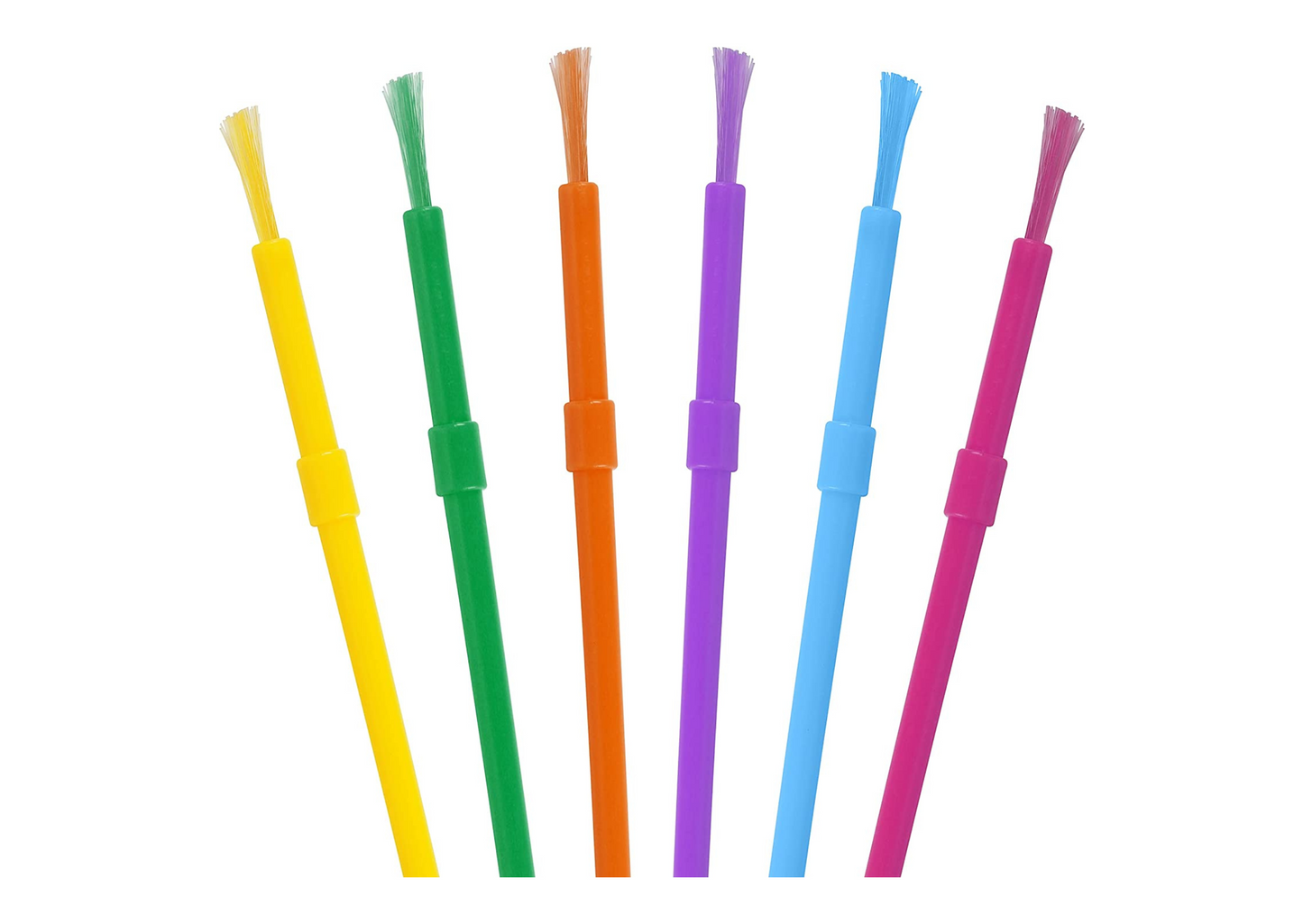My BugZoo
1 x Small Brush
1 x Small Brush
Couldn't load pickup availability
Safe Handling of Small Bugs
When it comes to observing and handling small bugs, it’s often best to avoid direct contact altogether. However, there are times when you may need to relocate these tiny creatures, whether you're moving them from a bug viewer or an observation tray. In such cases, using the appropriate tools is essential to ensure both your safety and the well-being of the bugs.
Why Avoid Handling Bugs Directly?
Preservation of the Bug's Habitat: Handling bugs directly can disrupt their natural habitat and cause stress.
Prevention of Harm: Direct contact may injure delicate insects or lead to unintended harm.
Personal Safety: Some bugs might bite or sting, posing a risk to handlers.
The Ideal Tool: Brushes
One of the best tools for safely moving small bugs is a soft-bristled brush. These brushes are designed to gently nudge insects without causing them harm. Here’s why they are preferred:
Gentle Movement: Brushes allow you to coax bugs into moving without applying pressure.
Minimal Stress: The soft bristles cause minimal disturbance to the insect, reducing stress.
Precision Handling: Brushes offer better control, making it easier to guide bugs into desired locations.
Features of a Good Bug-Handling Brush
When selecting a brush for handling small bugs, consider the following features:
Soft Bristles: Ensure the bristles are soft enough to avoid damaging delicate insect bodies.
Long Handle: A long handle gives you better reach and control.
Durability: Choose a brush that is sturdy and can withstand repeated use.
Conclusion
Using a brush to handle small bugs is a safe and effective method, especially when observation and relocation are necessary. By choosing the right tool, you can ensure the safety of both the insects and yourself while maintaining the integrity of their natural environment. Always remember, one good brush is usually sufficient for these tasks.


